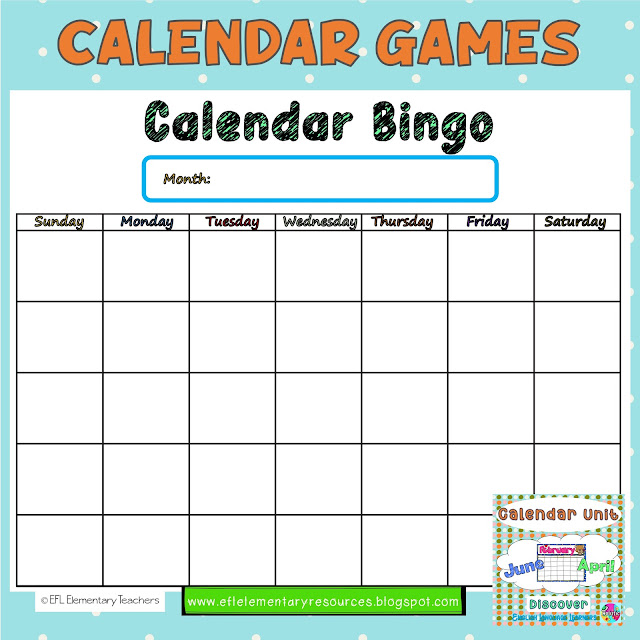This resource ( Body Unit – Imperative Verbs Cards & Classroom Activities for Elementary ELL) is included in the Body Unit for Elementary ESL. Link: https://www.teacherspayteachers.com/Product/Body-Theme-for-Elementary-ELL-1836555
Use the imperative + body part 32 prompts cards with imperative verbs and actions because it brings together language, movement, and fun. Students see and act out verbs and body parts, making it easier to remember new words. The cards have a simple layout — easy for printing, cutting, laminating, and quick classroom use.
Children learn better when they move. Use the combination of cards to create imperative commands + body actions for classroom games.Students love to follow commands, race to respond, or take turns being the teacher. The student can read the instruction on the card: Put your right leg up.This is a practical way to practise imperative verbs.
Kids
practice listening skills and responding to instructions, which is key for classroom
routines such as: Raise your hand!
Students
can use the cards in in pairs or in groups to give each other the
instruction. It is a way for the children to communicate, take turns, and
support each other while learning.
You can use these cards as a classroom tool (e.g., “Hands up!” or “Sit down.”), reinforcing daily routines in English. Use them for Warm-ups and Review. Good for repetition and reinforcement without heavy prep. Print and laminate cards for durability — helps reuse throughout the year.
Easy to Use in
Multiple Activities, such as games, songs, circle time, warm-ups, and
transitions—they’re super flexible!
This resource has more to check, go to this blog post: https://eflelementaryresources.blogspot.com/2024/05/body-unit-printable-book-for-elementary.html

Visit
my store today to find resources that are ready to use and perfect for
supporting your elementary ELLs. Your feedback is always appreciated as I
continue to develop materials that meet the needs of both teachers and
students. Here’s the link to my store: https://www.teacherspayteachers.com/Store/Holistic-English-Resources-By-Rosa-Amelia













































